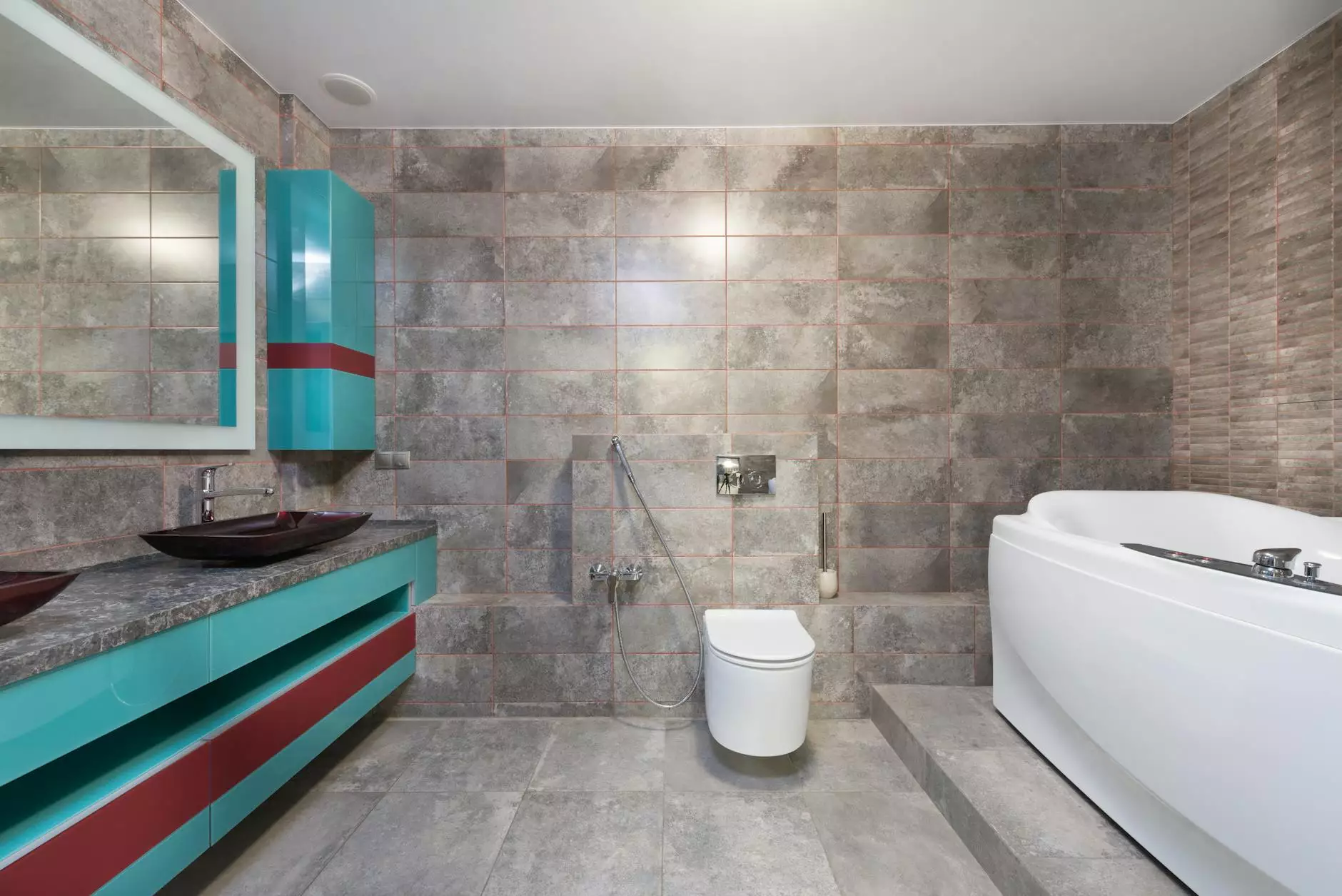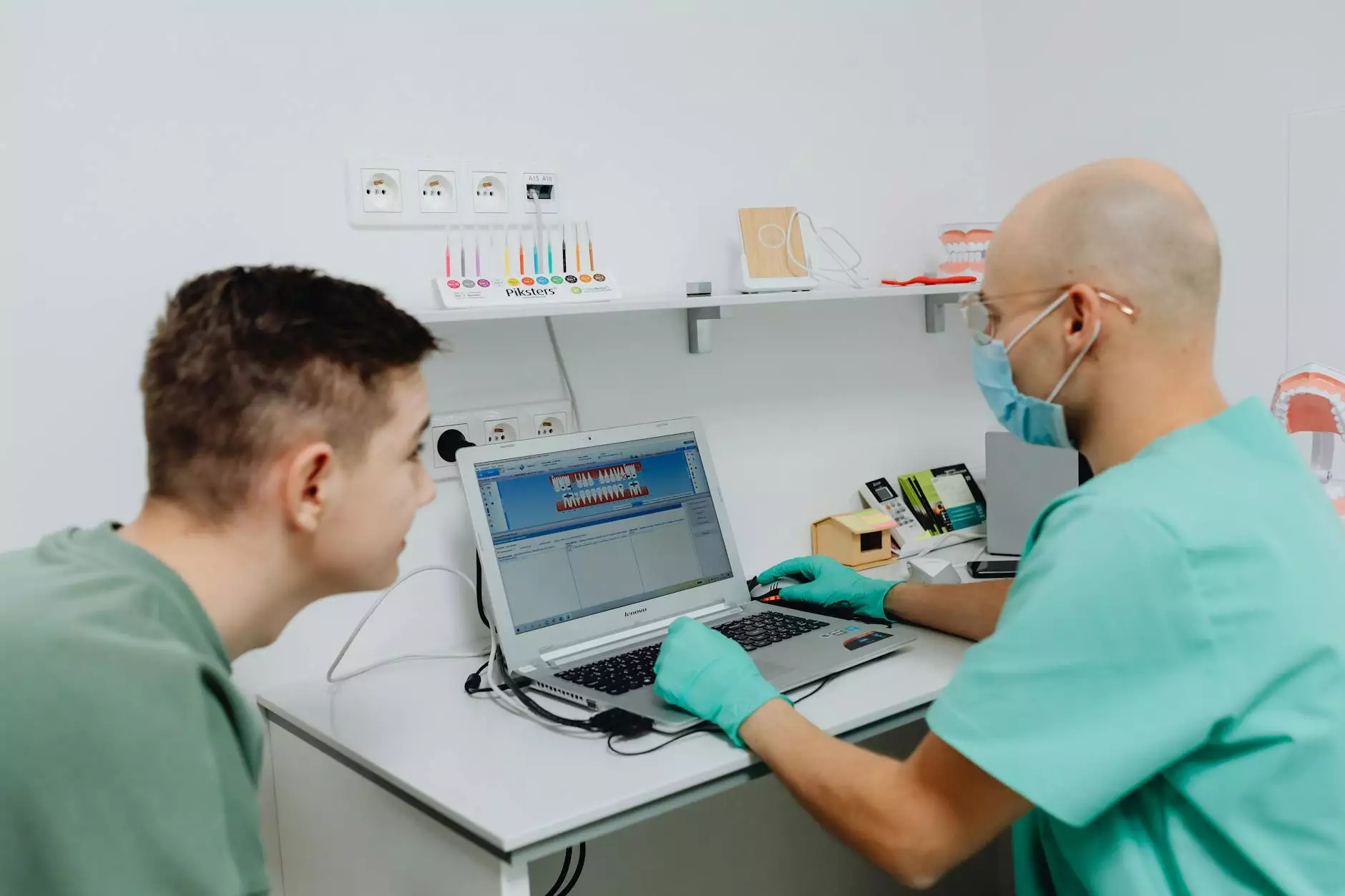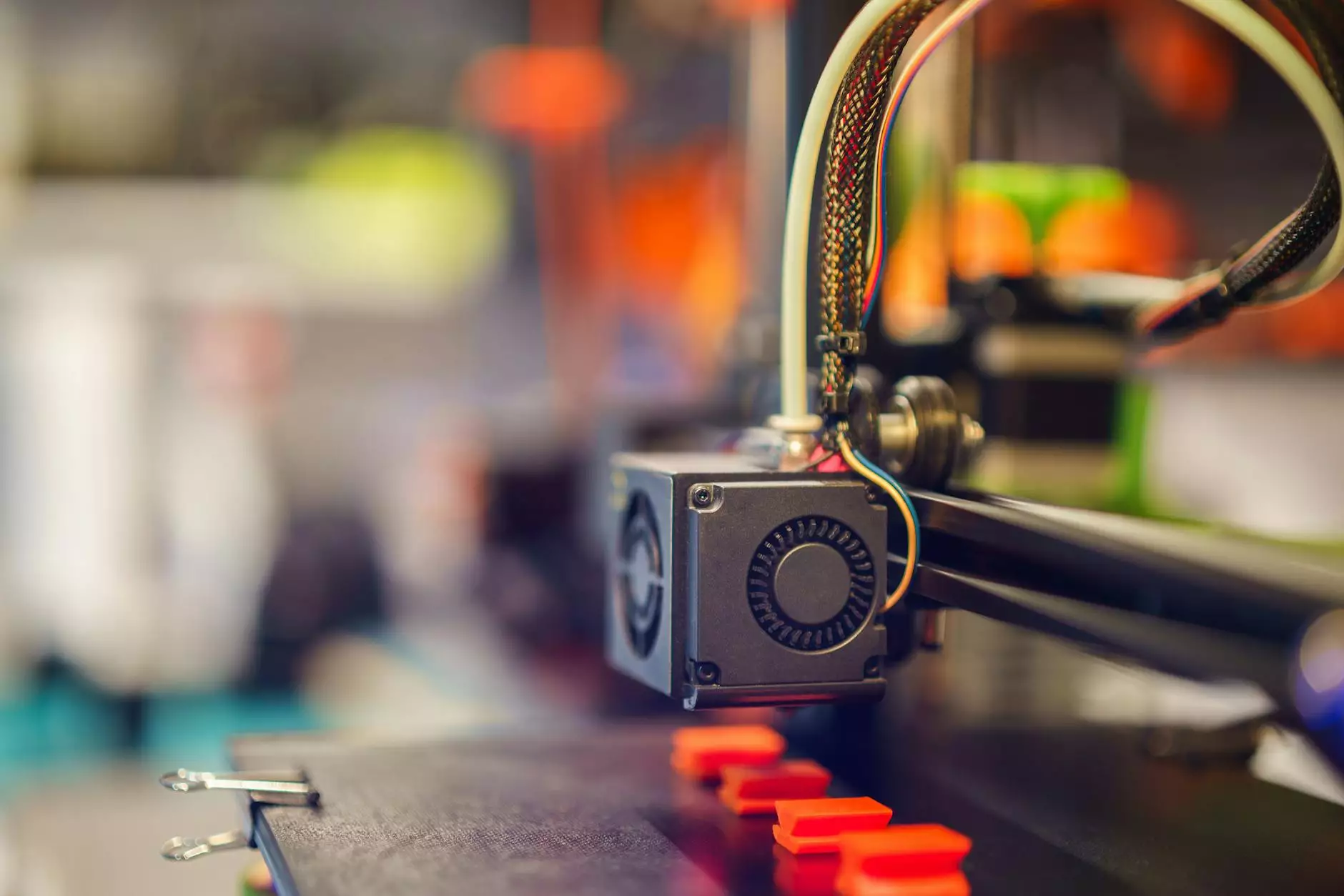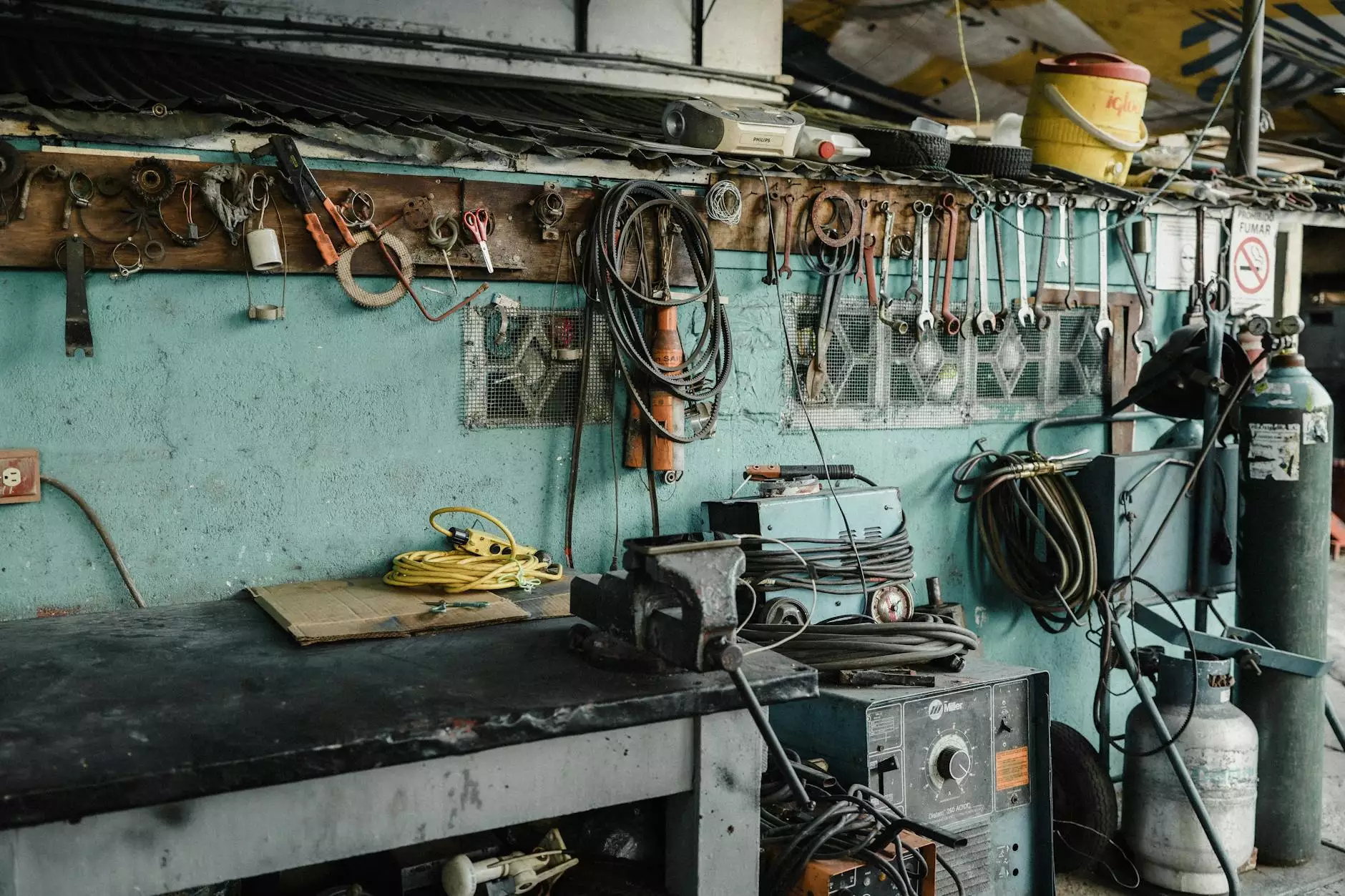Understanding Facial Asymmetry Surgery

Facial asymmetry surgery has gained significant attention in the realm of cosmetic and reconstructive procedures. It addresses the concerns related to uneven features on the face, enhancing both aesthetic appeal and functional aspects. This article comprehensively explores the nuances of this procedure, with a particular focus on its relevance and application at SMBalaji, the leading dental hospital in Chennai.
What is Facial Asymmetry?
Facial asymmetry refers to the lack of proportion and balance between the two halves of the face. It is a common occurrence; however, significant discrepancies can lead to both aesthetic concerns and psychological impacts. Various factors contribute to facial asymmetry, including:
- Genetic predispositions
- Developmental issues
- Injuries or trauma
- Medical conditions such as Bell's palsy
The Importance of Facial Symmetry
Facial symmetry is often associated with beauty and attractiveness. Numerous studies indicate that:
- Symmetrical faces are perceived as more attractive.
- Facial symmetry can influence social interactions and self-confidence.
- Individuals often experience enhanced emotional well-being and improved quality of life post-surgery.
At SMBalaji, we recognize the profound psychological effects of facial appearance, which is why we emphasize the importance of achieving enhanced symmetry through skilled surgical techniques.
What Does Facial Asymmetry Surgery Involve?
Facial asymmetry surgery encompasses a range of procedures aimed at correcting imbalances in the facial structure. The choice of procedure depends on the specific type of asymmetry present and may involve one or more of the following techniques:
1. Orthognathic Surgery
This procedure corrects jaw discrepancies that contribute to facial asymmetry. It involves repositioning the upper and/or lower jaw to achieve a more balanced facial appearance.
2. Soft Tissue Procedures
Soft tissue treatments involve the use of fillers and Botox to adjust the appearance of the face. These non-surgical methods can temporarily improve facial symmetry without invasive procedures.
3. Bone Reshaping
Surgeons may perform bone reshaping or grafting to improve facial contours, particularly in cases where structural bone asymmetry is present.
4. Chin Augmentation or Reduction
Chin shaping is often crucial in achieving facial balance. Depending on the requirements, the procedure may involve augmentation with implants or reduction of excess bone.
Candidate Assessment for Facial Asymmetry Surgery
Determining whether an individual is a suitable candidate for facial asymmetry surgery involves a thorough assessment by a qualified surgeon. Key considerations include:
- Medical History: A detailed review of the patient's medical history to identify any conditions that may complicate surgery.
- Physical Examination: An extensive assessment of facial structures and proportions to identify specific asymmetries.
- Psychological Evaluation: Understanding the patient’s motivations and expectations to ensure they are realistic and attainable.
Procedure Overview
The surgical process for facial asymmetry surgery can be complex and varies significantly based on individual needs. Here is a general overview of what patients can expect:
Pre-operative Consultation
Prior to surgery, patients will have a comprehensive consultation with the surgical team at SMBalaji. This will include:
- Detailed discussions about desired outcomes
- Understanding the risks and benefits of the surgery
- Pre-operative imaging and planning for accurate adjustments
Day of Surgery
On the day of surgery, patients will come to the hospital, where they will:
- Meet the surgical team and review final procedural details
- Be administered anesthesia to ensure comfort
- Undergo the surgical procedure, which can take several hours depending on its complexity
Post-operative Care
Following surgery, proper aftercare is crucial for recovery and optimal results. The team at SMBalaji provides detailed post-operative instructions, including:
- Medication management for pain and swelling
- Dietary recommendations to aid recovery
- Follow-up appointments to monitor healing and progress
Risks and Considerations
While facial asymmetry surgery can be immensely beneficial, it is important to be aware of the potential risks involved, which may include:
- Infection at the surgical site
- Scarring
- Anesthesia complications
- Unsatisfactory results leading to the need for revision surgery
By choosing SMBalaji, patients can rest assured that they are in capable hands with a focus on minimizing these risks through meticulous surgical techniques and patient care.
Success Stories: Transformations Through Facial Asymmetry Surgery
At SMBalaji, we pride ourselves on numerous success stories wherein patients have undergone facial asymmetry surgery and experienced profound positive changes. These transformations include:
- Improved facial balance and proportion
- Increased confidence in social and professional settings
- Enhanced satisfaction with personal appearance
Each story represents not just a change in appearance, but an uplifting journey towards emotional and psychological well-being.
Conclusion
Facial asymmetry surgery integrates advanced surgical techniques, a thorough understanding of facial aesthetics, and a compassionate approach to patient care. At SMBalaji in Chennai, we are dedicated to helping patients achieve their desired outcomes, restoring symmetry and enhancing beauty. If you’re considering this transformative procedure, we encourage you to contact us for a consultation to explore your options and embark on your journey to a more symmetrical and confident you.
To learn more about our services or to schedule a consultation, visit smbalaji.com.









